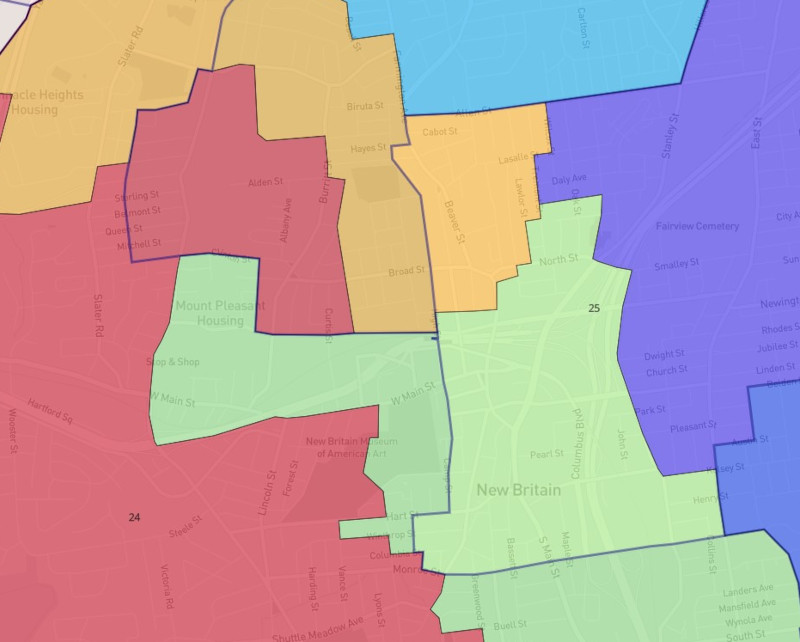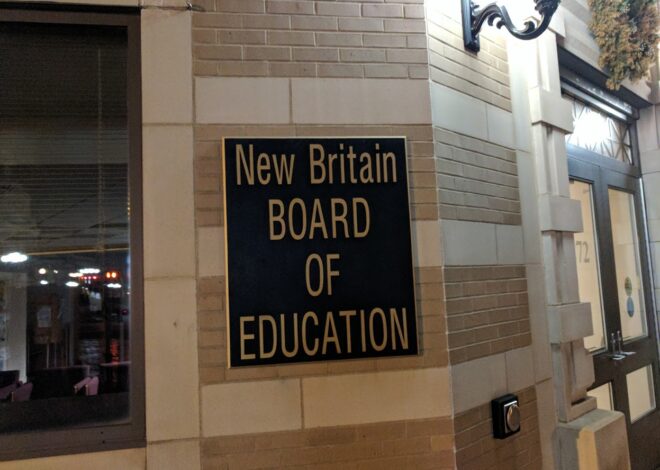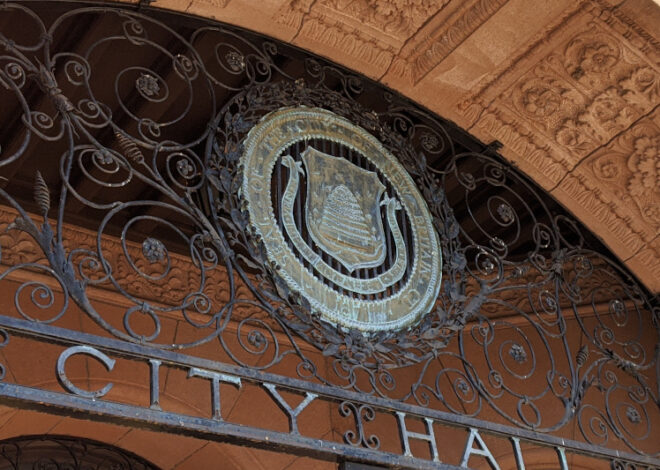Two City Council redistricting proposals offered in the city’s Redistricting Commission appear to divide communities of color and limit their voting strength in Council elections to less than their share of the city’s population.
According to data from the United States Census Bureau, the percentages of communities of color (including Latinos, African Americans and Asian Americans) among New Britain’s population has grown from 52% in the 2010 census to nearly 63% in the 2020 census.
That increase to 60% of the population means that 60% of the city’s five Council districts could be solid majorities of communities of color. An analysis done by New Britain Progressive volunteer efforts, using the web service, Dave’s Redistricting, showed that is possible.
Like with Congressional, State Senate and State House of Representatives districts, the five districts on the New Britain City Council, commonly called “wards”, are reapportioned every ten years, following the national decennial census. Two thirds of New Britain’s fifteen member Council are elected, two each, from the five wards. Another five Council members are elected at-large. The reapportionment, also called redistricting, is done to ensure that each district represents approximately the same number of people.
Two proposals for changes in the Council districts were made in Redistricting Commission’s meeting on February 23, 2022. An analysis done using Dave’s Redistricting appears to show that neither would offer communities of color as a whole, and Latinos, particular, voting power commensurate with their proportion of New Britain’s population.
One proposal was offered by Republican Registrar of Voters Peter Gostin. That proposal appears to eliminate the existing Ward 3, which represents the neighborhoods in the center of the city, splitting it up among four districts.
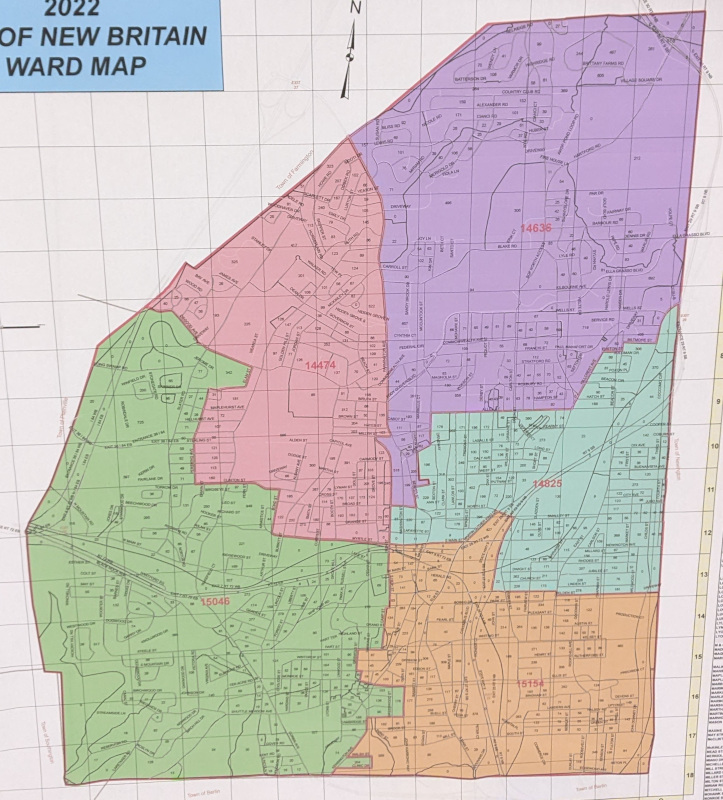
Redistricting Commission Chair Donald Malinowski presented a second proposal. It would be similar to the current five Council wards, apparently with two changes, affecting wards 3 and 4. The section of current Ward 3 marked with crosshatching in that map is where current Ward 3 Ald. Aram Ayalon (D-3) resides.

The data from Dave’s Redistricting appears to show that 57.47% of New Britain’s voting age population are members of communities of color, 38.77% are Latino and that 17.05% are Black.
In the case of both Gostin’s proposal and Malinowski’s, in three of the five districts, communities of color would appear to be considerably less than the 57.47% that they are of the whole New Britain population.
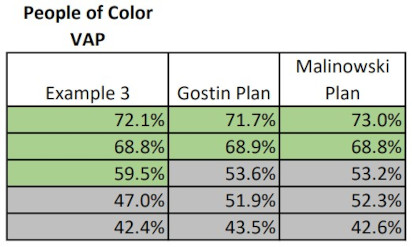
While the Gostin and Malinowski proposals would each appear to have four districts with a majority population of communities of color, in both cases, two of those four districts would be nearly 50% white voting age population. If white voter participation were higher in city elections in those districts, that would translate into 60% of the voting power in ward Council elections being controlled by white voters — the opposite of the fact that the population of the city is greater than 60% communities of color.
The opposite would appear true in the “Example 3” districting model, reported in the New Britain Progressive article, “Redistricting Can Help, Or Harm, City Council Diversity“. In “Example 3”, three of the five districts would appear to have voting age populations of nearly 60% or greater communities of color, increasing the chances that 60% of the voting power in Council Ward elections would be controlled by voters of color.
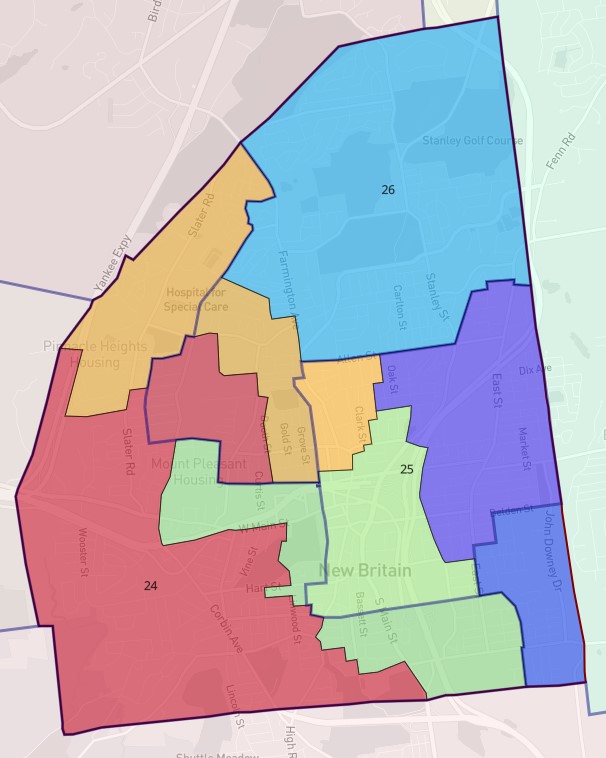
Similarly, in the case of both Gostin’s proposal and Malinowski’s, in three of the five districts, Latinos would appear to be considerably less than the 38.77% that they are of the whole New Britain voting age population. “Example 3” appears to appears to provide greater voting power to Latinos in particular, with Latino voting age populations of greater than 40% in three of the Council wards.
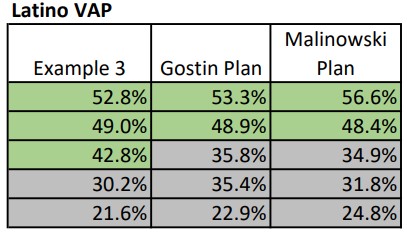
The data also appears to show that, while “Example 3” would be the only of the three models with two wards of about 20% African American voting age population, the Gostin and Malinowski proposals would each have three districts with greater than 17% African American voting age population.
On February 23rd the Redistricting Commission discussed the Gostin and Malinowski maps, then voted to table the discussion without voting in support of either proposal.
The Redistricting Commission is expected to meet again on Thursday, March 3, 2022 at 6:00pm in City Hall room 201. The Commission is expected to have a public hearing on Wednesday, March 16, 2022, at 6:00pm in City Hall room 201.
The Commission’s responsibility is to report a draft map of Council districts for the Council to review and approve. If either the commission or Council miss deadlines provided for in the City Charter, the mayor then proposes a three-person commission, who then make the final decision on the district lines.
The Charter requires that each of the five Council wards,
(1) shall be of substantially equal population and otherwise consistent with all federal and state constitutional and statutory requirements; (2) to the extent possible consistent with the preceding, shall maintain the integrity of recognized neighborhood planning areas; (3) shall be geographically contiguous and compact; and (4) to the extent possible consistent with the preceding, shall be consistent with existing legislative districts.
“Federal and state constitutional and statutory requirements,” have long been understood to include compliance with the federal Voting Rights Act.
Once approved, the new City Council ward boundaries will remain in effect for ten years. Those districts will be in place for the 2023, 2025, 2027, 2029 and 2031 city elections.
Editor’s note (3/6/2022): The article was updated to correct a 0.01% error in the communities of color data for two the districts in the Malinowski plan.

